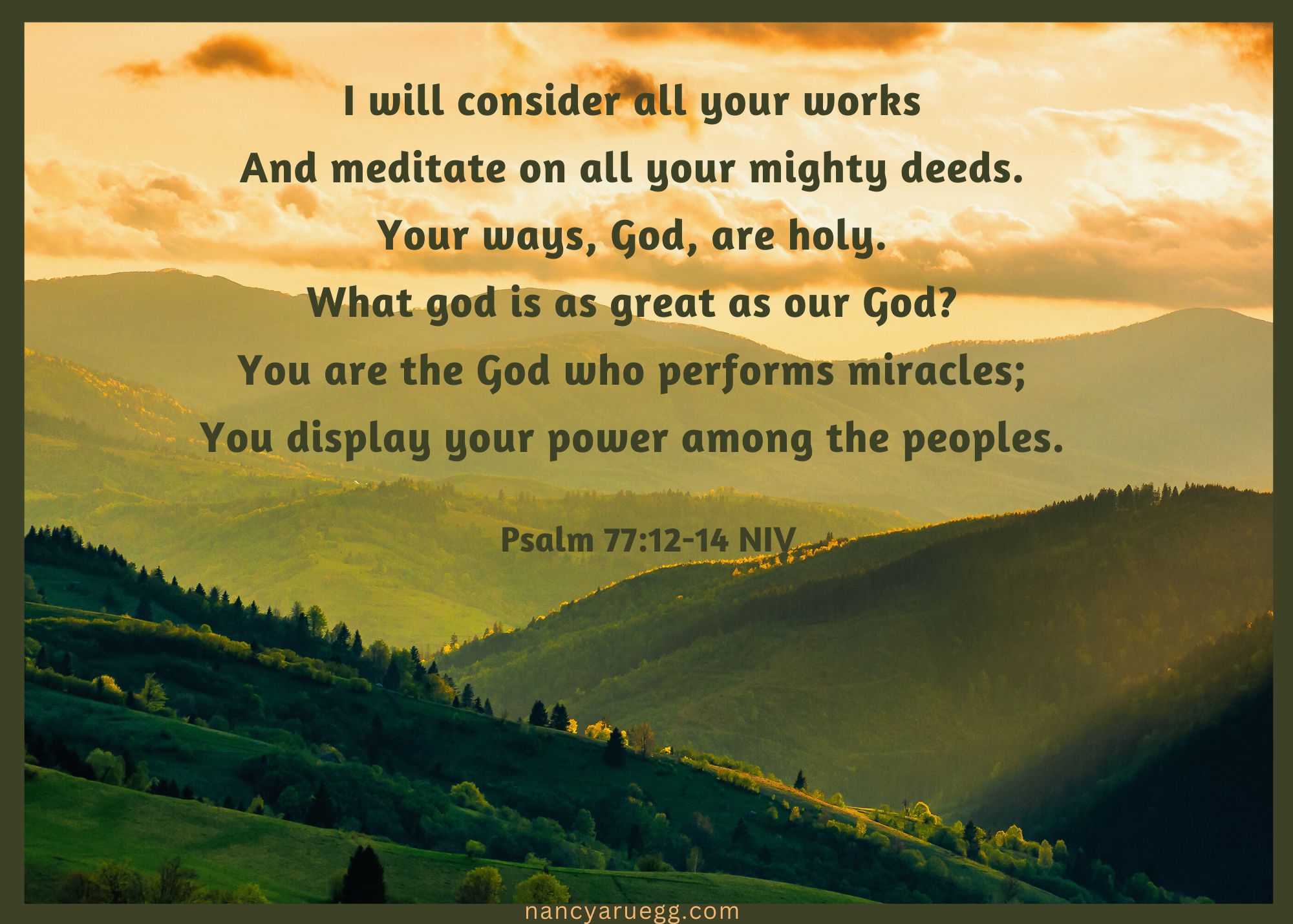Introduction (100 words): In the realm of gods and deities, certain figures stand out for their immense power, unrivaled strength, and divine majesty. Among these legendary beings, one name resonates throughout mythology and folklore: the Mightiest Lord. With a presence that spans across cultures and religions, the Mightiest Lord has captivated the imaginations of people for centuries. In this article, we embark on a journey to explore the enigmatic nature of the Mightiest Lord, examining the various traditions, stories, and attributes associated with this omnipotent deity.
I. Origins and Cultural Significance (200 words): The concept of the Mightiest Lord emerges from diverse cultural and religious backgrounds, showcasing the universal fascination with ultimate power. In Hinduism, the Mightiest Lord is referred to as “Mahadeva” or “Shiva,” the supreme deity known for his role as the destroyer and transformer. Shiva embodies both the creative and destructive forces of the universe.
Introduction
In the vast realm of mythology, folklore, and religious beliefs, one concept that frequently emerges is that of a mighty lord, a supreme being who reigns over the universe and holds unimaginable power. Throughout history, various cultures have worshipped and revered such deities, attributing to them the ability to shape the world and influence human existence. In this article, we delve into the notion of the mightiest lord, exploring different representations and the impact they have had on societies.
1. The Mightiest Lord Across Cultures
1.2 Norse Mythology: Odin, the Allfather In Norse mythology, Odin, the Allfather, reigned supreme as the mightiest lord. He was the god of war, wisdom, and poetry. Odin was known for his vast knowledge and his ability to manipulate events, often intervening in the affairs of mortals. He was revered as the chief deity by the Vikings and was associated with valor and wisdom.
1.3 Hinduism: Vishnu, the Preserver Hinduism portrays Vishnu as the mightiest lord, responsible for preserving and maintaining the universe. As one of the principal deities in the Hindu pantheon, Vishnu is believed to have incarnated on Earth several times to restore order and righteousness. He is often depicted with multiple arms, each holding a symbolic object representing his divine powers.
2. The Influence of the Mightiest Lord
2.1 Shaping Creation and Natural Forces One common attribute of the mightiest lords is their power to shape creation and control natural forces. From the sun and the moon to the wind and the sea, these deities are often associated with the very elements that sustain life. Their influence is seen in the changing of seasons, the ebb and flow of tides, and the patterns of the natural world.
2.2 Moral and Ethical Guidance The mightiest lords often serve as moral and ethical guides for their followers.
2.3 Personal Transformation and Devotion Devotion to the mightiest lord can lead to personal transformation and spiritual growth. Many believers engage in prayer, rituals, and acts of service as expressions of their dedication.
3. Modern Interpretations and Relevance
3.1 Monotheistic Religions: God as the Mightiest Lord In monotheistic religions like Christianity, Islam, and Judaism, the concept of the mightiest lord takes the form of a single, all-powerful God. Followers believe in an omnipotent and omniscient deity who governs the universe and judges human actions. This belief continues to be a cornerstone of faith for billions of people worldwide.
From superheroes with extraordinary abilities to omnipotent beings in fantasy novels, these modern interpretations tap into the timeless fascination humans
In Norse mythology, the figure of Odin, often hailed as the Allfather, represents the embodiment of wisdom, war, and magic.
II. . Their abilities often transcend the limitations of mortal comprehension.
The Mightiest Lord possesses immense strength, capable of vanquishing formidable foes and bending reality to their will.
III. Myths and Legends (300 words): Throughout mythology, countless tales have emerged that feature the Mightiest Lord as a central figure. These stories serve as powerful metaphors and lessons, conveying moral values, and inspiring devotees to seek deeper understanding.
One well-known myth is the “Destruction of the Universe” in Hinduism, where Lord Shiva performs the cosmic dance of Tandava, heralding the end of one cycle of creation and paving the way for a new era. This act symbolizes the cyclical nature of existence and the importance of embracing change.
In Norse mythology, Odin embarks on a perilous quest to acquire wisdom and knowledge.
IV. Worship and Devotion (200 words): The Mightiest Lord holds a revered place in religious practices around the world. Devotees often engage in rituals, prayers, and meditation to connect with the divine energy embodied by these omnipotent beings. Temples, shrines, and sacred sites dedicated to the Mightiest Lord attract pilgrims seeking blessings, solace, and spiritual guidance.
Conclusion (100 words): The Mightiest Lord transcends cultural boundaries, resonating with people’s desire for strength, wisdom, and purpose. . Through their



